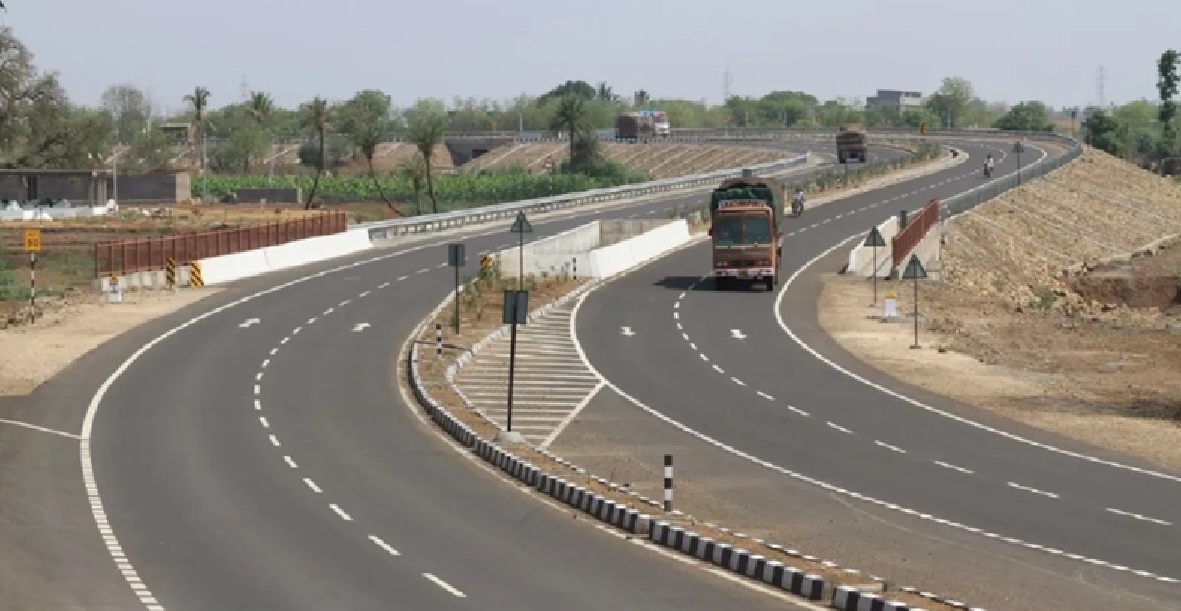The proposed highway from Shillong in Meghalaya to Silchar in Assamwill become an extension of a key multi-modal transport project in Myanmar, leading to an alternative link via sea between the North-East states and Kolkata.
The project is a response to Bangladesh interim government chief adviser Muhammad Yunus’s remark in Beijing this March that North-East India is “landlocked” and Dhaka is the only guardian of the ocean for all this region.
The 166.8-km four-lane highway along NH-6 from Mawlyngkhung near Shillong to Panchgram near Silchar is the first high-speed corridor project in the North-East. It is being implemented by NHIDCL for the Ministry of Road Transport and Highways (MoRTH), and is expected to be completed by 2030.
At the other end, the Kaladan Multi Modal Transit Transport Project in Myanmar is being funded by the Ministry of External Affairs — and connects the Kolkata seaport to the Sittwe port on the Kaladan river in Rakhine state. Further, the Sittwe port connects to Paletwa in Myanmar through an inland waterway and to Zorinpui in Mizoram through a road section
The NHIDCL will take the project further from Zorinpui to Lawngtlai to Aizawl in Mizoram. This is not only the first high-speed corridor in the North-East, but the first such project in the hilly region. Shillong-Silchar is significant as Silchar is the entry point for connecting Mizoram, Tripura and Manipur as well as the Barak Valley region of Assam. Thus, it will become a major connectivity link for the entire North-East and an important milestone for developing the region as a gateway for India’s Act East Policy.
With the help of the Kaladan project, cargo will reach from Vizag and Kolkata to the North-East, without being dependent on Bangladesh. The high speed-corridor will ensure transportation of goods via road after that, which will spur economic activity in the region.
Currently, the only access to the seven North-East states is through the Siliguri Corridor, also called the ‘Chicken’s Neck’, for the rest of India. The other two points of entry are through Bangladesh and Myanmar. Bangladesh has, however, curtailed access via Bay of Bengal while maintaining its stronghold on movement through water in the region. Hence, the Kaladan project was jointly identified by India and Myanmar as an alternative — the link is expected to be fully operational by the time the Shillong-Silchar highway is completed.
The construction of the Shillong highway will involve major engineering work, including slope stabilisation to predict landslides, as the alignment traverses through difficult hilly terrain.
On April 30, the Union Cabinet approved the project at a cost of Rs 22,864 crore. Of the total length of the project, 144.8 km lies in Meghalaya and 22 km in Assam. Once operational, the new alignment will reduce journey time from 8.30 hours to just 5 hours.
According to the NHIDCL official, the new highway will reduce dependency on the Siliguri Corridor. “While the project is of strategic importance, it is also going to be one of the most challenging ones as the terrain is very difficult and the existing condition of the road is not good,” he said.
The National Institute of the Rock Mechanics has been roped in for the detailed study of the rock in the region. We will deploy modern technology and machinery in the construction to provide all-weather connectivity. We will have slope stabilisation to predict the landslide so the movement of traffic can be stopped. Light Detection and Ranging (LiDAR) scanning has been used for topographical surveys. Based on the data collected from surveys, three solutions have been proposed — strengthening by rock anchors, high strength wire mesh panels and protection walls.
Modern instruments would be deployed to monitor the slope after its stabilisation and construction of various protective measures, he said. “Piezometer, Rain Gauge, Settlement Gauge, Inclinometer, Geophones, etc., are key equipment which will be installed for the monitoring.
Geophones are used for vibration monitoring in seismic and geotechnical projects. Inclinometers are used in hill slope monitoring to detect and measure ground deformation, indicating potential slope instability or landslide movement. Rain gauge helps in measuring rainfall, settlement gauges are used to monitor vertical movement or settlements within hill slopes, and piezometers are used for monitoring pore water pressure in hill slopes.
The Shillong-Silchar project will be implemented in Hybrid Annuity Mode (HAM), one of the forms of Public-Private Partnerships (PPP). It will have 19 major bridges, 153 minor bridges, 326 culverts, 22 underpasses, 26 overpasses, eight limited height subway and 34 viaducts.









